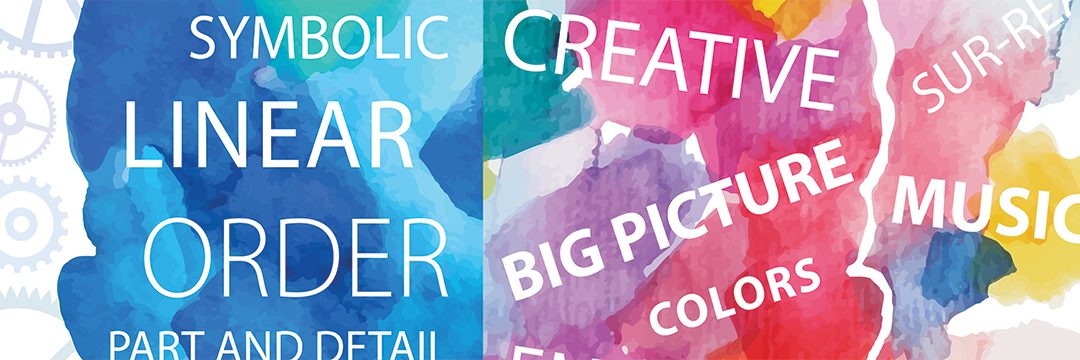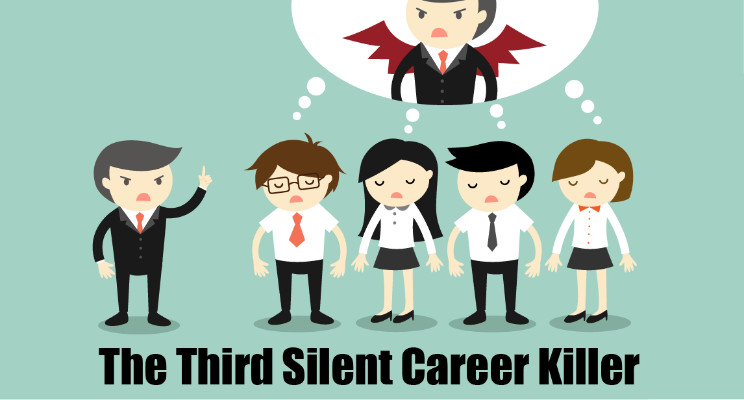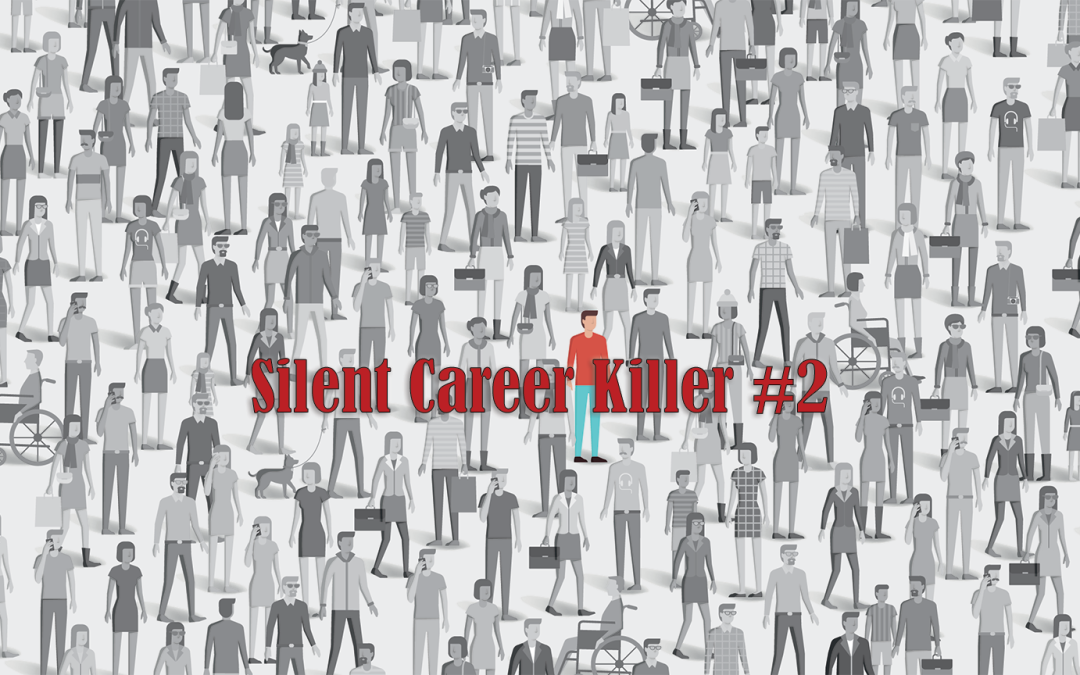
How to Create Killer Content
How To Create Killer Content
Today, there is a never-ending flow of “content” and “thought leadership” available for B2B companies.
Thoughtfully created and properly targeted content can be evergreen and attract new clients to your business. Very often, however, content is created just for content’s sake, without a strategy to engage the right audience or track and measure its success. The result is basically noise.
To cut through all this noise you need to take a few crucial steps that will ensure you are reaching your audience at the right time.
Your first 2 steps
The first two things you need to consider in detail are:
-
- Who is your target audience?
- How are you going to measure the success of the content you produce for your audience?
1. Identifying your audience
The first step in the content marketing process is taking a moment to figure out who your content is going to target.
The answer to that question can be more challenging than expected, especially if your company works with a wide range of clients across multiple industries or provides numerous services in specialised fields.
If this is a piece on a service that crosses multiple industries, start by identifying your best clients. These clients are the ones you are most connected to, the most comfortable with, and the ones most likely to provide you with a referral.
Even if it is a specific topic, picture a client that fits the criteria and write as if you are speaking directly to them.
This is a useful starting point because you are at your most comfortable communicating with this audience. Discussions feel natural when you are talking to someone with whom you are at your most comfortable.
What’s in it for them?
Once you have that specific audience member in mind, consider how your content topic will benefit them and how it will help their company in the long run.
I picture sitting down and talking over dinner, where we are relaxed and chatting excitedly about an interesting service and topic that is going to help their company save money or get to the next level. From there, expand this process out to other companies similar to your ideal client to create your target audience.
Craft the content
Don’t be afraid to use a ghostwriter to craft the initial draft of the piece. Writing isn’t natural for everyone. In the accounting industry and in other professional service firms, writing isn’t always an inherent talent. Using a professional writer who can sit with someone for an hour on the phone to create an initial draft, helping to get an article started, is money well spent to provide original content.
Reach Your Audience
Once your content is created, you need it to reach your target audience.
Timing: When to publish
Firstly – and I can’t stress this enough – timing is everything. To reach your audience with content they care about, you need to be strategic in selecting the most optimal time for its release.
An clear example for my industry is providing our year-end tax tips in December, not in May. That same content−no matter how well made will not perform as well if it’s pushed out at the wrong time of year.

Channels: Where and how to distribute
Displaying your content in the right places is just as important. To create the optimal mix, think about where your audience receives their information. Some possibilities to consider include:
-
- Associations: If your content is specific to a trade or industry, pushing it with that association is a great way to get it distributed. Associations have a critical mass of large, specialised memberships. Fostering a strong relationship with these groups is extremely helpful. They can push your content to their membership and provide you with speaking opportunities.
- Website SEO: If you are posting your content to a blog or on your website as an article, you need to use the right keywords to drive traffic to your content. This can get sophisticated with proper coding for increased SEO, but it is well worth the extra time it takes.There are many plug-ins for WordPress and other sites that can assist with SEO and keywords, ensuring you are getting the most out of your content and making it easy for people to find it.
And everything, please, for the sake of all the time you’ve invested on writing your content, needs a call-to-action, such as a way for visitors to contact you or vice versa. What is the next step that you want them to take? Make it clear what action you want your audience to do or take after consuming your content. - Social Media: If you are planning to promote your content through a paid ad strategy, social media can be a great option. Most platforms allow for highly targeted ads at extremely cost-effective pricing levels. Targeting can be broken down based on industry, title, and location, giving your ads a laser focus to reach that food manufacturing business owner in Pennsylvania, for example.
- External Publications: Marketing and PR departments should look to publish content both internally and externally. You need to get as much amplification for your content as possible, otherwise you are speaking into a vacuum.
- Public Speaking Opportunities: Look into turning your article into a presentation for a trade or industry association event. Speaking opportunities are incredibly helpful for sharing content. Public speaking opportunities allow you to meet prospects face-to-face. While smaller in scale than a national media campaign, these personal interactions create the strongest relationships, especially for B2B partnerships which are built on trust.
- Repurposing: If the core criteria of creating meaningful, evergreen content with a purpose and a specific audience is met as outlined above, the content can be reused to have a longer shelf-life. Transcribe a video to create an article. Repost a piece of thought leadership to your blog or website a year later with a new intro paragraph. Convert a case study into an infographic. Good content is good content.
- Webcasts: Your presentations can also be repurposed as a webcast. Unlike the more personal interactions provided by a public speaking engagement, webcasts offer a larger, national audience. The numbers are also greater, especially if the webcasts are offered on-demand. Offering CPE or CLE professional credits can draw in a bigger audience while remaining targeted to an industry or title.
- Infographics for Social Media: All audiences want easy digestible and visually appealing content. Infographics accompanying a longer form article or webcast help attract more viewers, increase engagement, and draw leads in the door and are easy to post on social media.
- Sponsored Content: Earned media gives you a broader reach, and those links can be shared on social channels and your website. Using content for an op-ed before it goes on your website provides a much wider audience and the halo effect of being recognised by a media outlet. If you can’t get your content published for free, sponsored content in a key publication for your audience is a great tool as well.
2. Measurement
Measuring and tracking success is important to understand whether your content campaign should be ramped up, wound down, or repeated in the future.
Simply put, if you’re not tracking performance, you are missing an opportunity to learn your current efforts and improve your next campaign.
If your primary goal is to get new visitors to your website, make sure you are leveraging technology to aid tracking. Be sure to review your website analytics and have your web pages fully integrated with your CRM capabilities.
You should know how many people are clicking across your webpages, which calls-to-action are most successful, how you are acquiring visitors what your top performing webpages are, typical amount of time visitors are on your website, and more.
While closely monitoring on a weekly basis is important to handle any unforeseen issues, the real measurement of a campaign should come after two months and be repeated every month for at least six months in total. Knowing what topics are “hot” to your audience based on hard metrics can guide your content development for the future.
B2BMarketing IgniteUSA 2020 Conference
May 27, 2020 | 5:15 EST
Jennifer Palmer Farrington | Founder and Chief Executive Officer, YourMarketer LLC
PRESENTATION DOCUMENTS:
